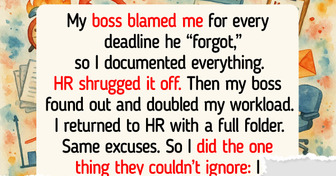15+ Stories That Prove First Love Stays With Us Forever

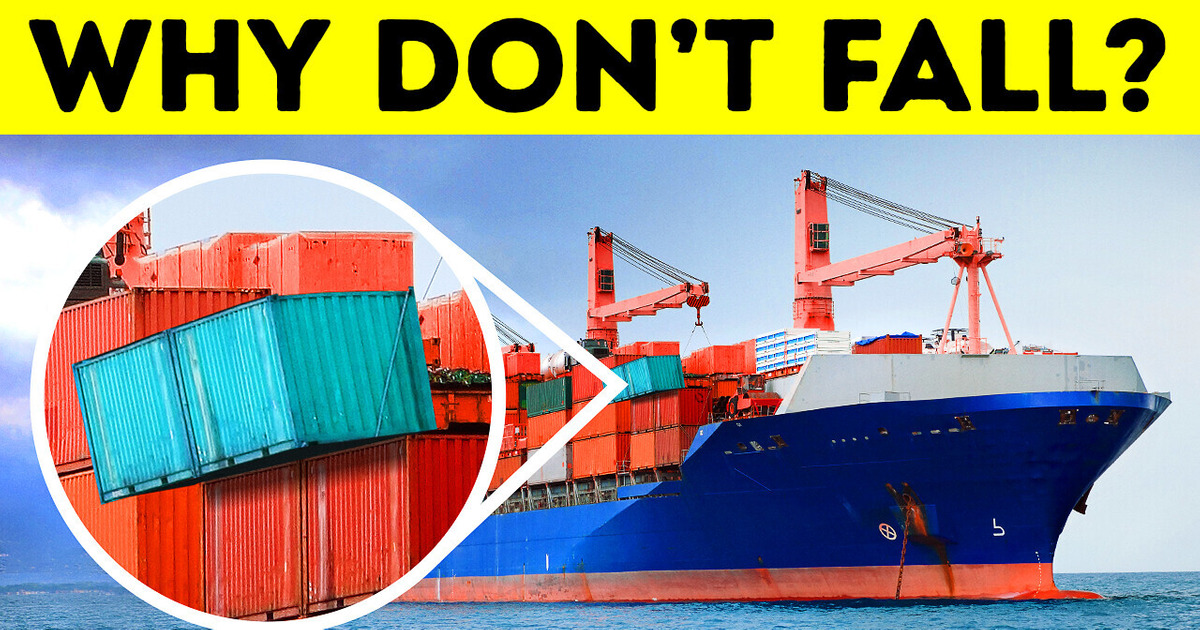
Have you ever wondered how containers on a cargo ship remain intact throughout the whole journey? Let me answer this question and tell you about other cool ship facts.
Meet Unsinkable Sam. Sam’s goal was to prove the saying, “Cats have 9 lives.” This animal survived 3 ships sinking. He was originally named Oscar but got nicknamed “Unsinkable Sam” — you probably get why.
The first time the ship he was traveling on sank, Oscar was found by the crew of another ship when he was floating on a board. He remained on that ship for a couple of months, but then the vessel also sank in 1941. The cat was then saved by another ship. The crew there had heard the story of the animal and called him Unsinkable Sam. His marine journey ended when the crew sent him back to the UK.
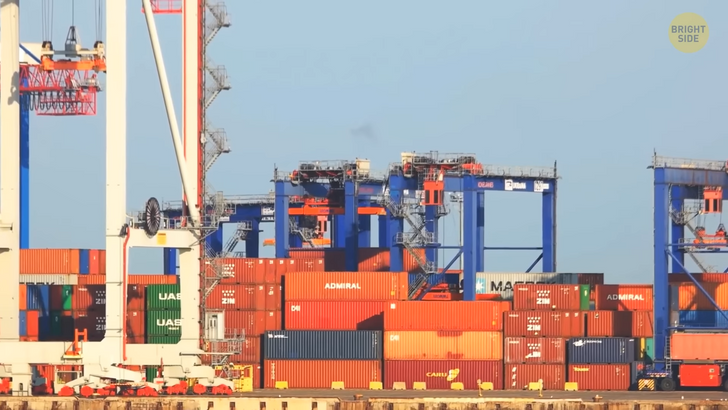
The story checks out, but some people question whether it’s true. Sailors had to spend months on their ships, so it was natural that they told strange stories or believed in superstitions. One thing is clear, though: sailors loved cats and welcomed them on their ships. Besides being cute floofs, cats were very effective in terms of hunting rodents. You can take it as you wish: as a hoax or a true story.
I’m leaving Sam in the 40s and returning to the present day. How come ships have internet in the middle of nowhere? Since there are no towers or cables around, satellite connection steps in. Satellite services provide direct Internet connection via hardware installed on the ship. This hardware is a must. It’s not cheap as our home Wi-Fi.
The installation charges for the entire ship’s Internet are around $600. And the price of the hardware depends on such things as the size of the ship and how much Internet it’s going to use. This is not the only option. Wireless devices are also popular. Yet, they can access the Internet only when they are close to ports or other places where networks are available.
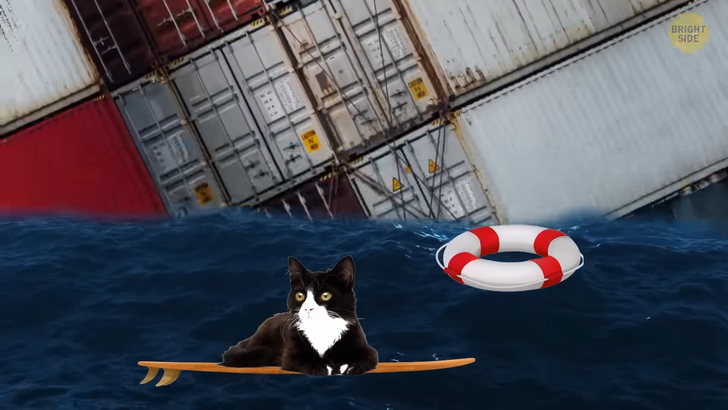
The Titanic was like a giant luxurious hotel for some of its passengers. You may have heard that it had lots of amenities you could use. Even its own newspaper! Yep, it was called the “Atlantic Daily Bulletin.” It was published on the ship. The paper had news articles, advertisements, and the latest stock prices. It also mentioned daily menus, horse-racing results, and society gossip.
Where ships get fuel is also a good question. There aren’t fuel stations floating in the ocean. Bunkering is the answer. Ships use different kinds of oil for different purposes. Bunkering is loading fuel onto a ship. This process takes place at ports. The storage and provision of the ship fuels can be made by tankers. Currently, Singapore is the largest bunkering port in the world.
Imagine you’re on a cruise ship. And you need to use the toilet. What happens after you flush? The sewage goes to a place called an “onboard treatment plant.” There, the waste is filtered. Then it moves to another chamber. This chamber cleans the waste and sterilizes it. Lastly, the waste is dumped into the ocean when it’s clean enough. Those substances that don’t go through the filter are kept on the ship. A ship gets rid of them when it arrives at a port.
Speaking of toilets, I must mention that waste water is color-coded on cruise ships. Every person on a cruise uses 40–50 gallons of water each day. That’s why there might be too much wastewater. So, over the years, some solutions have been found to reduce this amount. Water is coded as black and gray. Black water goes from toilets, and gray water comes from the laundry, showers, kitchens, etc. Basically, it’s thought that gray water waste is ’cleaner’ than black water.
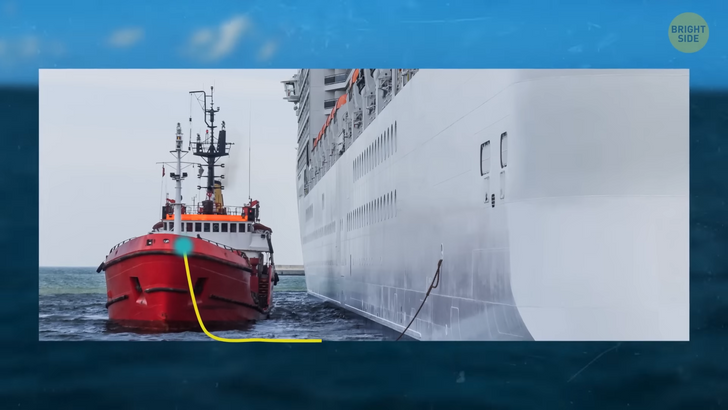
Why are ships so slow? It’s related to power. Water has a drag force, and it affects ships. Imagine yourself swimming in the ocean. It takes effort to swim forward because of the water resistance. A smaller ship wouldn’t need that much power to push itself forward. But huge cruise ships need a lot of power because they’re heavier. If you, let’s say, put a 7,000-ton ship in the water, it will displace 7,000 tons of water. When such a ship goes forward, it pushes some of the displaced water ahead of itself. This results in a bow wave, which carries some kinetic energy away.
We talked about cruise ships and cargo ships mainly; what about solo travelers? Laura Dekker became the youngest person to circumnavigate the world on her own. She set out in 2012, and 518 days later, she completed her voyage. She had a 40-ft-long ketch named Guppy. She was 14 when she started the journey.
You can think of loading containers on a cargo ship as playing Tetris, but you can’t start over when the game is over. That would cost you thousands of dollars. Anyway, the logic is the same. The first layer should be strong enough to support the rest. The bottom containers — or “first tier” if you want to sound more like a pro — are secured with twist locks. This is an automatic locking mechanism to keep the upper-level containers locked.
These locks are attached when a unit is being lifted from the pier onto a cargo ship. They’re similar to Lego pins. All containers have these lock systems, and you basically mount them on top of each other. Plus, many cargo ships have vertical slots made of long metal rails — they’re like cells that hold containers and prevent them from moving and falling into the deep water. How do they unlock the mechanism? There’s a special rod to do it.
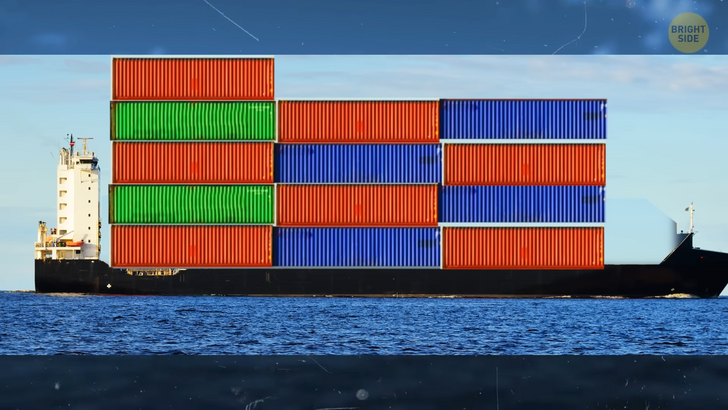
In the past, cargo ships were allowed to only stack 5–6 containers on top of one another. With the appearance of the lock mechanism, it’s possible to make 10–12 layers. Still, hundreds of containers get lost each year because of harsh weather conditions or simply because of the negligence of people who load them. According to some data, more than 3,100 containers were lost in 2020-2021. The number was only 779 in the previous year. This means an almost 400% increase.
Apparently, there are hidden passageways and secret doors on cruise ships. The ship’s staff get from one place to another without using the stairs and doors that passengers use. There’s a network of corridors and stairs all around the ship only the crew members know about. These secret doors can blend in with the walls. This way, they become undetected by those who don’t know there’s a door there.
Gigantic cruise ships are basically floating pieces of metal. The walls of the cruise ship cabins are magnetic. That’s why, when on a cruise, you can buy travel-themed fridge magnets and use them to decorate your cabin.
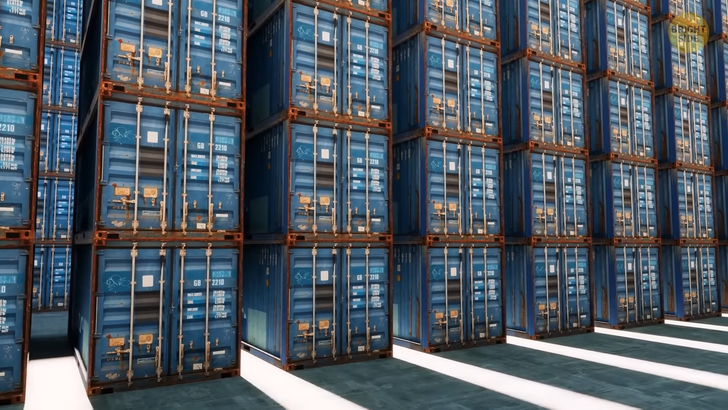
The Seawise Giant is the longest ship in history. It was built between 1974–1979. Its length was greater than the height of the Eiffel Tower. The vessel sunk in 1988 but was later retrieved and put into service.
What about the smallest ship in the world? Researchers in the Netherlands have built the world’s smallest vessel. It’s about 1/1000th of an inch long. To put it in perspective, this is about one-third the width of a strand of your hair. They built it with the help of a 3D printer.
Do you know that some people have residences on ships? Yes, sounds like a dream — if you like the water, of course. Residents permanently live on a ship as it travels the world. MS The World is an example of a private residential cruise ship. The residents can live on board as the liner travels to exotic destinations. They can stay there full-time or come back periodically during the year.
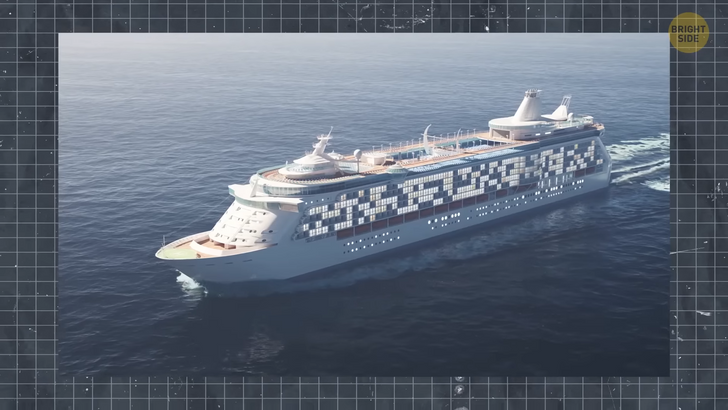
Since the UK is an island nation, things it imports have to be delivered by sea or by cargo planes. The number might surprise you. 90% of everything they buy arrives at their ports by sea!
Do you know any other cool marine facts? Comment below.







